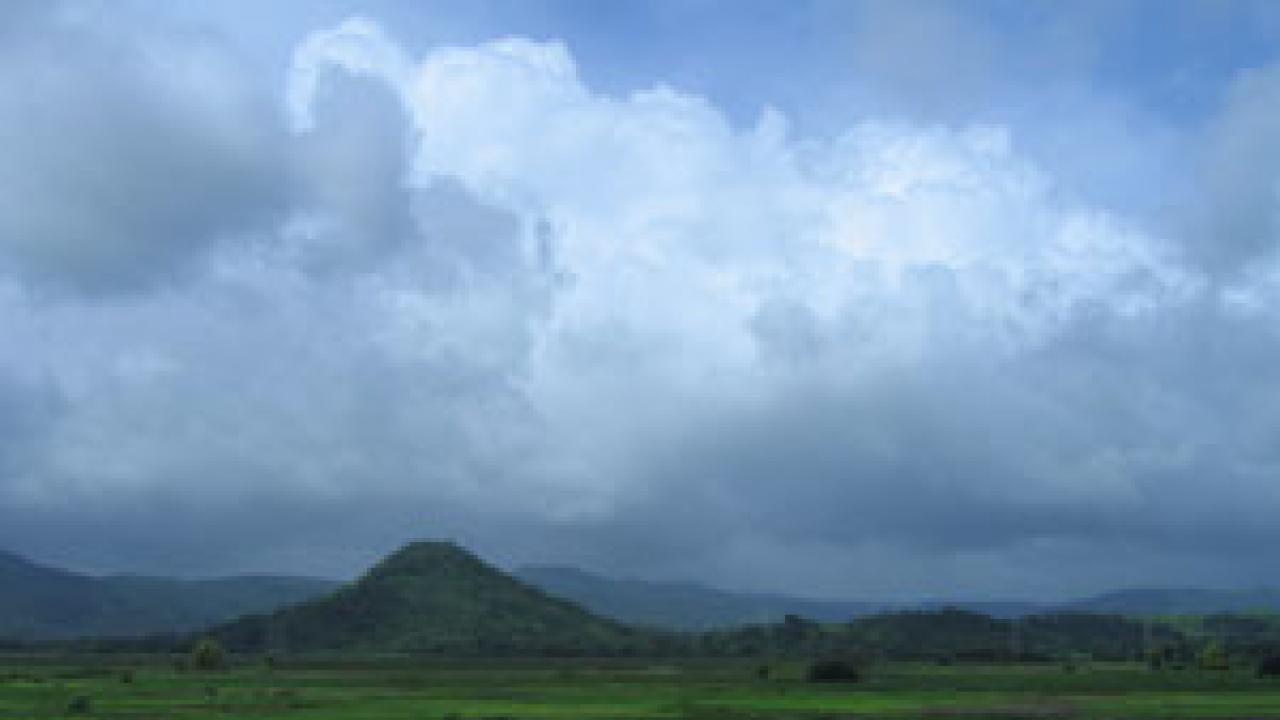
Everyone experiences weather daily, and we are used to referring to weather forecasts to plan for the days ahead. But some decisions—such as those related to water-use regulations or global health preparations—require more advanced planning, and many communities would benefit from accurate predictions for the next few weeks and months. However, there has been a predictability desert for the range between the next two weeks and the next season or decade.
That's where the sub-seasonal-to-seasonal (S2S) time range comes in, a prediction focus that was the subject of a recent two-week school held at ICTP in November. The S2S time scale research is based on the idea of 'weather within climate,' explains school co-director Andrew Robertson of the International Research Institute for Climate and Society. "We want to see if you can predict anything about the characteristics of the weather a season ahead," he says. The range beyond two weeks and less than a season has been difficult to study, but several developments are quickly changing that situation.
One of those developments is the release of a huge new database just this year for S2S researchers to use. This database, maintained by the European Center for Medium-range Weather Forecasts (ECMWF) and the Chinese Meteorological Administration (CMA), is composed of data from operational centers that produce meteorological predictions up to 60 days ahead. "It's a recent move for operational centers to open up their data to the research community," says Frederic Vitart, school co-director and senior scientist at ECMWF. He points out that both the operational and the research communities benefit. "Our feedback can help refine the models used by the operational centers."
Learning to understand and use this powerful new tool was one of the main focuses of the ICTP school. "This [school] is really a first," says Adrian Tompkins, school co-director and ICTP scientist. "It's the first public database in the world that has forecast information on this intermediate time frame." Access to all of this data is enabling a host of new research projects, some intending to harness S2S predictions to a variety of applications. S2S researchers, says Vitart, "cannot predict day-to-day variability. What we can do is predict a weekly mean. We can say in three weeks time it will be wetter than normal, and the week after may be drier than normal." But a prediction painted in even these broad strokes can still be quite useful.
"One thing we cite often is tactical decisions in agriculture—a seasonal forecast could help you know when to plant, or what to plant, but a sub-monthly one could help you with application of fertilizer or pesticide, or when to irrigate," says Robertson. Some researchers are focusing on better S2S predictions for the rainfall, temperature, or wind for particular regions, while others are asking more specific questions about flood forecasting or power regulation. "With the West African monsoon, it's not just the onset and the cessation date you want to know about; you have these long breaks during monsoon systems," Tompkins explains. Reliable warning that such subseasonal variations are impending could be critical for planning. Some school attendees were interested in managing dams for hydroelectric power generation, and another was using S2S projections to decide when to bring a wind farm down for maintenance.
The S2S school aimed to make the new database as usable as possible for researchers tackling all these different questions. "You can split up the school into thirds: one third was on the physics of the atmosphere, to understand where the predictability originates; one third was on the background of these forecast systems [that are available in the database], so you understand what you are actually accessing; and one third was hands-on, nitty-gritty, nuts-and-bolts use," explains Tompkins. Several challenges for S2S researchers were discussed, including how to reliably validate predictions. Assessing the levels of certainty or uncertainty of each S2S prediction is also important, and was another focus of the school.
The potential for applied S2S projections to benefit developing countries is huge, and the new database makes it possible for the S2S field of research to expand and tackle many new questions. S2S researchers will use this powerful tool to address challenges in prediction both applied and not, and this school hopes to launch many of these new research projects.
--Kelsey Calhoun














